
Ensure efficient and safe industrial applications with proper valve sizing. Learn how to choose the right valve size and avoid common pitfalls.
Ensure efficient and safe industrial applications with proper valve sizing. Learn how to choose the right valve size and avoid common pitfalls.
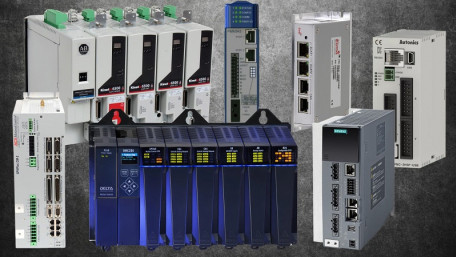
Building precise rotating or linear systems often costs a lot! When is it justified to spend the extra cost to design and…
Building precise rotating or linear systems often costs a lot! When is it justified to spend the extra cost to design and build such a system, and what are the different components and system types?
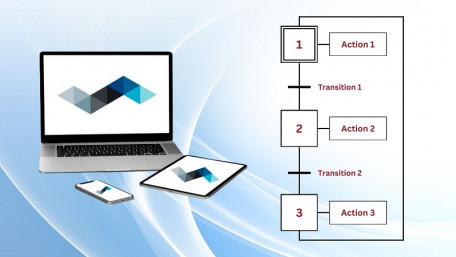
Learn how to use Festo's FluidSIM software to design and simulate a pneumatic cylinder extension system using GRAFCET as…
Learn how to use Festo's FluidSIM software to design and simulate a pneumatic cylinder extension system using GRAFCET as the control method.

Learn how to use Festo’s FluidSIM software to design and simulate electro-pneumatic systems, featuring a reciprocating…
Learn how to use Festo’s FluidSIM software to design and simulate electro-pneumatic systems, featuring a reciprocating actuator example using solenoid valves and limit sensors.
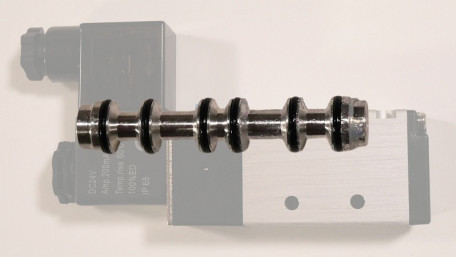
Fluid control valves rely on the opening and closing of internal passageways to direct the flow of power. But what do…
Fluid control valves rely on the opening and closing of internal passageways to direct the flow of power. But what do they look like inside, and how do these ‘valve spools’ actually work?
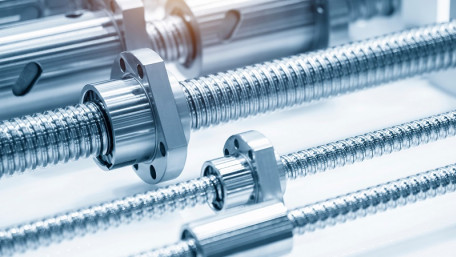
Electrical control holds many advantages over fluid power with precise control, feedback, and a lower-maintenance system.…
Electrical control holds many advantages over fluid power with precise control, feedback, and a lower-maintenance system. But how do electric actuators work, and how do they stack up against fluids?
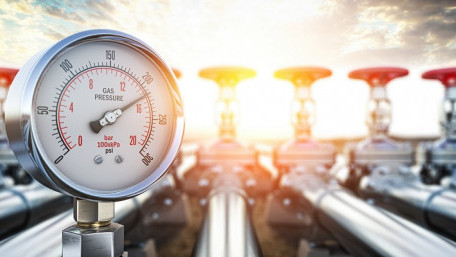
What is pressure? Everybody knows about this important quantity, but how do you define it? How do you measure it? Where…
What is pressure? Everybody knows about this important quantity, but how do you define it? How do you measure it? Where does it come from? In this article, we’ll learn about the basics of pressure.
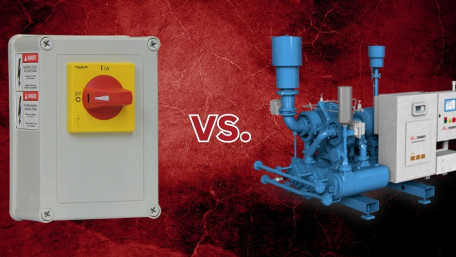
Knowing what kind of control system to use: that’s a question that must be answered before setting up the factory…
Knowing what kind of control system to use: that’s a question that must be answered before setting up the factory floor. Why would someone choose pneumatic over electrical controls?
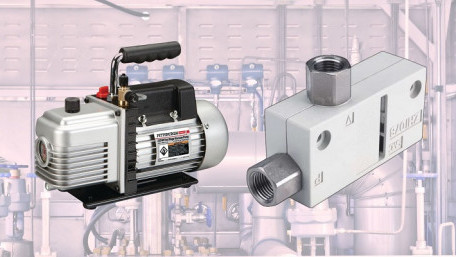
This article looks at vacuum ejectors and vacuum pumps, specifically outlining the difference between single and…
This article looks at vacuum ejectors and vacuum pumps, specifically outlining the difference between single and multi-stage versions of each type, and common applications.
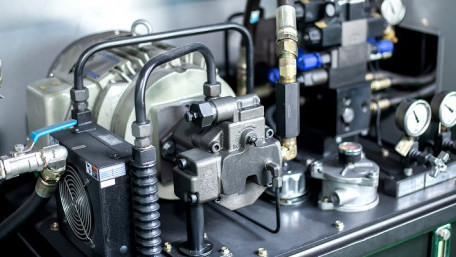
Pressures are always rising and falling in fluid systems. Sometimes the changes are extreme and lead to damage. What…
Pressures are always rising and falling in fluid systems. Sometimes the changes are extreme and lead to damage. What causes problematic pressure changes, and how can you trace them to their source?
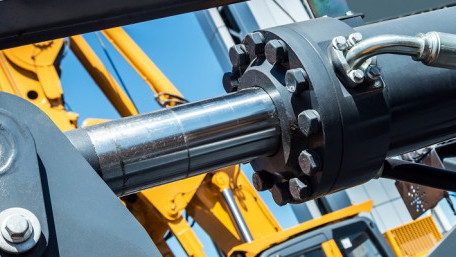
Hydraulic cylinders and actuators can quickly move heavy objects and provide strong clamping forces. But when they break…
Hydraulic cylinders and actuators can quickly move heavy objects and provide strong clamping forces. But when they break down, the effects can be catastrophic and the repairs costly and timely.
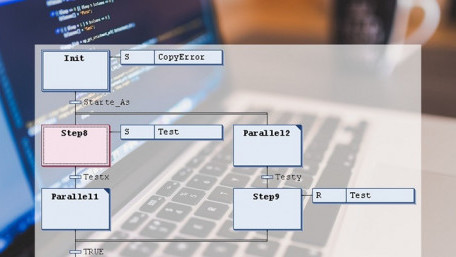
Sequential function charts (SFCs) are a great tool when processes require sequence control, but things can get…
Sequential function charts (SFCs) are a great tool when processes require sequence control, but things can get complicated fast. Here are some ways to create better SFC programs and applications.
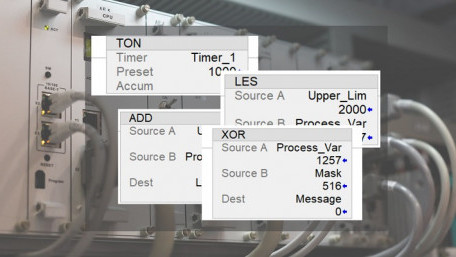
Function block diagram (FBD) programming is a common language for PLCs following the IEC 61131 standard. What is FBD, and…
Function block diagram (FBD) programming is a common language for PLCs following the IEC 61131 standard. What is FBD, and how does it differ from the familiar ladder logic programs?
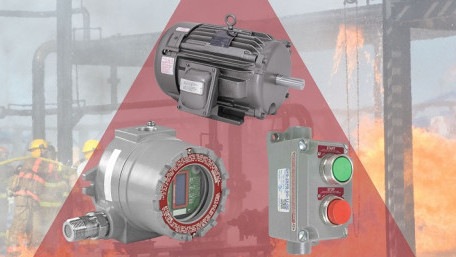
Some workplaces are more dangerous than others, not because of the practices, but rather the products. Where do…
Some workplaces are more dangerous than others, not because of the practices, but rather the products. Where do explosions occur, and what practices exist to reduce such risk for equipment and workforce?
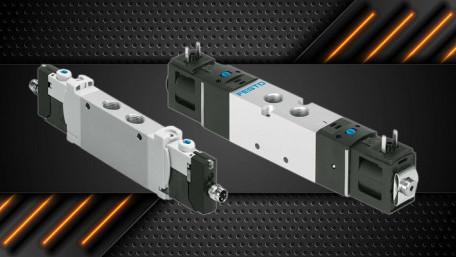
Directional control valves (DCVs) come in many shapes and sizes for pneumatic and hydraulic applications. Learn to…
Directional control valves (DCVs) come in many shapes and sizes for pneumatic and hydraulic applications. Learn to distinguish the different configurations and the meaning of external markings.
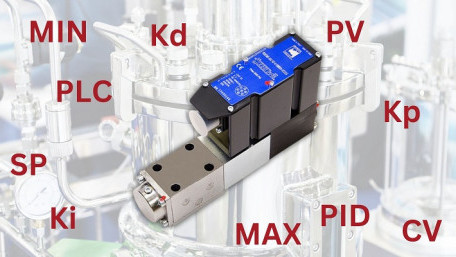
Implementing PID control in a PLC is far more complicated than textbooks would make it appear. There is more to the…
Implementing PID control in a PLC is far more complicated than textbooks would make it appear. There is more to the process than simply picking gain (k) values and calculating an output value.
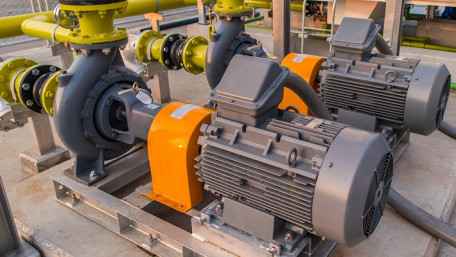
Hydraulic pumps take energy from a source, usually an electric motor or combustion engine, and turn it into a usable…
Hydraulic pumps take energy from a source, usually an electric motor or combustion engine, and turn it into a usable force to complete work. What kind of hydraulic pumps exist, and how do they work?
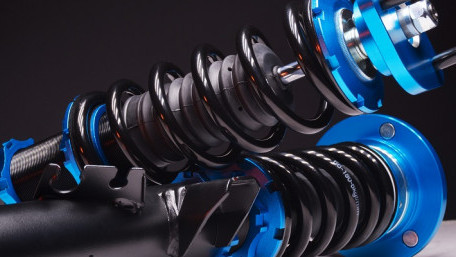
Transfer functions allow systems to be converted from non-algebraic time measurement units into equations that can be…
Transfer functions allow systems to be converted from non-algebraic time measurement units into equations that can be solved, but how do these functions work, and why do we use them?
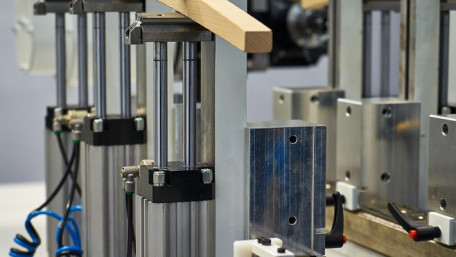
Engineers face a common challenge of moving objects from one point to another, especially in a production line. This…
Engineers face a common challenge of moving objects from one point to another, especially in a production line. This article will introduce the pneumatic cylinder as used in industrial automation.
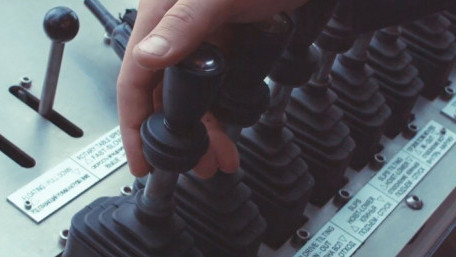
We usually think of joysticks in terms of video game controllers, but they exist in all kinds of industrial systems:…
We usually think of joysticks in terms of video game controllers, but they exist in all kinds of industrial systems: heavy equipment, overhead cranes, and even some robotic controls. But how do they work?
